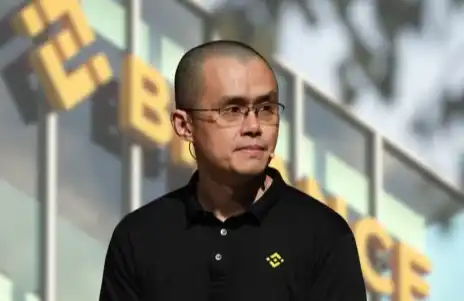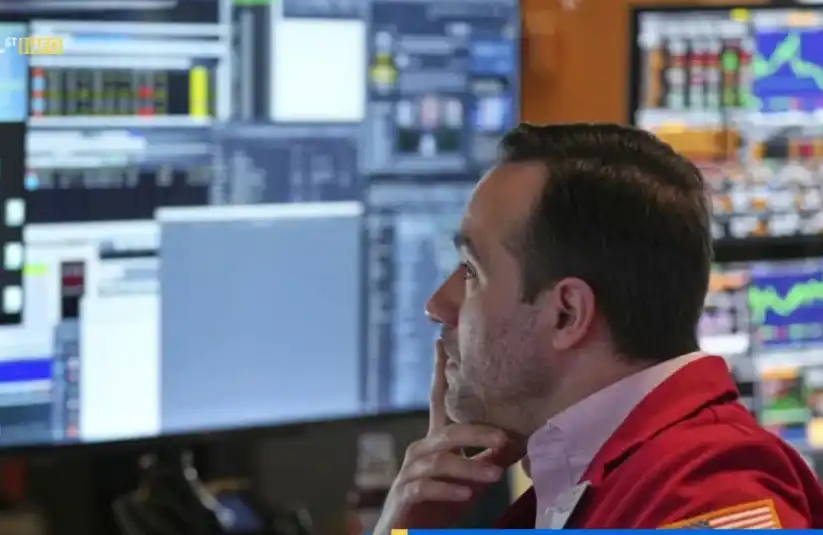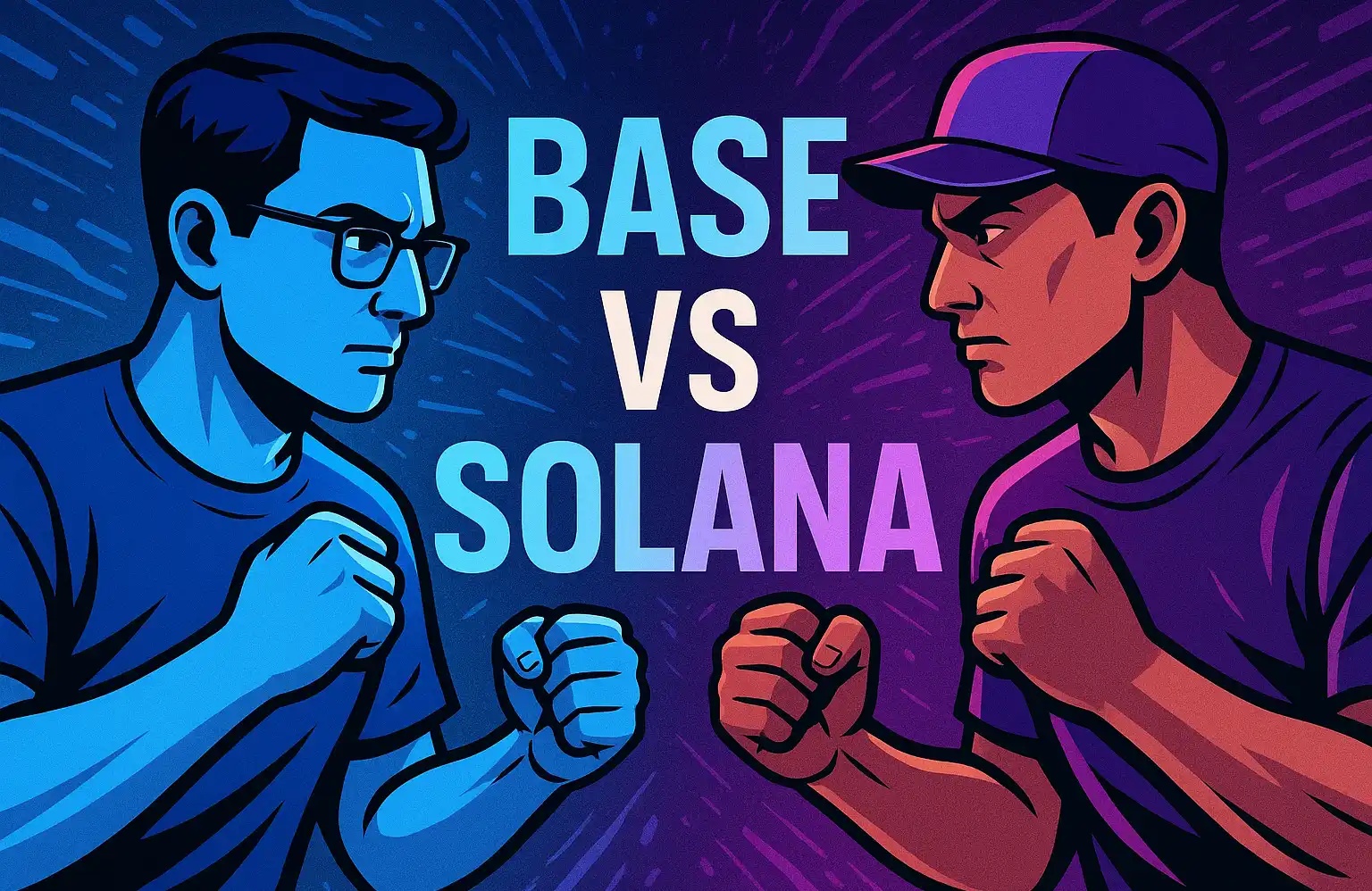Can BNB Treasury Managed by the Wealthiest Chinese Businessman Continue to Surge After a Whopping 600% Pump?
On July 28, after days of rumors, the highly anticipated BNB Treasury "Orthodox Faction" finally landed in the hands of a small nicotine e-cigarette company named VAPE—this small-cap stock, previously valued at less than a million dollars, unexpectedly became the lucky chosen one by the Chinese billionaire.
The news leak prior to the official announcement caused the stock to surge over 1800%+ in pre-market trading. Upon market opening, the price skyrocketed from Friday's closing price of $8.88 to an intraday high of $82.88.

An insider source revealed to ChainNews that the Binance-related investment team had already initiated the acquisition of shell companies and private funding preparations for the BNB Treasury project as early as the beginning of July. Another source stated that to mitigate the risk of insider trading, the team had simultaneously purchased multiple small-cap shell companies until they finalized VAPE as the ultimate target.
Behind this stock price anomaly lies a PIPE (Private Investment in Public Equity) funding agreement, amounting to a staggering $5 billion, jointly led by 10X Capital and YZi Labs, with the intention of transforming VAPE into the world's largest publicly traded BNB Treasury company.
This was not a retail frenzy but a meticulously designed capital experiment—a new arbitrage path revolving around "compliant BNB holding + public company valuation premium," and possibly a strategic breakthrough in the Binance ecosystem narrative.
VAPE, once an obscure company, is now a key variable in the "BNB Treasury" narrative, remembered by a broader capital market audience.
Breaking Down the BNB Treasury Operation Path: From Shell to Valuation Leverage
On July 28, VAPE (formerly CEA Industries) officially announced a PIPE private equity financing led by 10X Capital and YZi Labs, with an initial fundraising scale of $5 billion, comprising $4 billion in cash and $1 billion in crypto asset subscription. Additionally, with all warrants exercised, the total funding size could expand to a maximum of $12.5 billion.
This financing is not only of astounding scale but also well-defined: VAPE aims to create the world's largest publicly traded BNB Treasury company, introducing BNB to the capital markets to attract compliant funds to participate in the BNB Chain ecosystem through an asset allocation model.

This also means that VAPE is no longer just a hardware or retail supplier of the past, but has transformed into a BNB-focused financial infrastructure platform, integrating BNB's value and reward mechanism into a listed company's capital structure.
Following the PIPE financing, VAPE will be led by a core team with institutional and digital asset backgrounds—David Namdar (co-founder of Galaxy Digital, now a senior figure at 10X Capital) will serve as CEO; Russell Read (former CIO of CalPERS, now CIO of 10X Capital) will be the CIO; Saad Naja (a senior operator with backgrounds at Kraken and Exinity) will also join the company's executive team.
Simultaneously, 10X Capital itself will act as the asset manager of the BNB treasury, responsible for structure design, capital operations, and subsequent strategic implementation; while YZi Labs will provide strategic support to facilitate the PIPE distribution. Over 140 institutions and crypto funds (such as Pantera Capital, Blockchain.com, GSR, Arrington, etc.) are participating in this financing, forming a strong capital endorsement.
BlockBeats deconstructs this VAPE announcement, and the funds raised will be used to establish a centralized BNB long-term treasury strategy. Over the next 12–24 months, VAPE will build an initial BNB position and scale up through methods like ATM (At-The-Market) issuance; considering participating in BNB staking, lending, DeFi protocol rewards, and other mechanisms to obtain structured income while setting a conservative risk framework.
This operating model is akin to MicroStrategy's BTC treasury model, but focuses on BNB, which has a stronger ecosystem use case, complementing the holding value with a revenue-generating strategy to provide cash flow and premium space.
After the PIPE concludes, VAPE will become one of the largest publicly traded companies providing single Layer-1 blockchain exposure.
In simple terms, the ultimate form of this financing round is to equip this company with a $1.25 billion worth of "crypto ammunition" to buy BNB. In comparison, SharpLink (SBET), as a company that first bet on the ETH treasury concept, has only raised a total of $525 million.
Post-Transaction Outlook: How Will the Stock Price React?
Following the PIPE signing, VAPE announced that this financing is expected to be completed by July 31, 2025. At that time, funds will be received, and the company's updated capital management strategy will also take effect simultaneously. According to the announcement, the company's common stock will continue to trade on the Nasdaq Capital Market, with the stock symbol remaining as "VAPE."
The essence of PIPE financing is a "discounted stock issuance for capital" private placement. In simpler terms, the company is offering discounted shares to specific investors in exchange for a large sum of capital. In VAPE's primary financing amount of 5 billion US dollars, 4 billion is in cash, meaning the additional 1 billion is in BNB assets. It also includes a warrant mechanism of up to 12.5 billion US dollars. In short, the company will issue a large number of new shares and warrants to PIPE investors.
This will directly result in two structural outcomes: dilution of existing shareholders' ownership stakes. By fully diluted calculations, existing shareholders' voting and ownership rights will significantly decrease; complexity of the company's capital structure. Warrants, lock-up provisions, staged exercise mechanisms, etc., will shift the company's valuation in the capital market more towards a "structural model" rather than a fundamental model.
With the completion of the PIPE placement, VAPE's share structure will transition from "holding" to "circulating," especially after the warrants are exercised, the company's freely tradable shares will experience a substantial increase.
This aspect is particularly evident in VAPE's PIPE terms: this round of transactions has designed a large-scale warrant mechanism, allowing investors to subscribe to new shares at a price below the market price at specific time points, forming a typical Warrant + Placement arbitrage structure.
Image Source: crypto-economy
Specifically, these warrants generally have the following characteristics—very low pricing: far below the open-market share price, creating potential arbitrage space; staged unlocking: some warrants unlock immediately after funding completion, while the rest have price triggers, time rolling, and other mechanisms; possible dynamic execution with market price: when the share price exceeds a certain threshold (such as 2-3 times the PIPE pricing), it may trigger forced conversion or accelerated conversion terms.
In this structure, VAPE's stock price behavior is not only driven by fundamental factors but will also be influenced by PIPE investors' actions. Once the valuation deviates from the actual asset level, this structure may create a strong cash-out motivation, becoming the source of liquidity shocks instead.
When it comes to the stock price, will it trend upwards or downwards?
Building on existing PIPE case studies, let's dissect VAPE. This structural game plan roughly follows the three-stage path outlined below:
Stage One: Expectation Driving Phase (Already Occurred)
After the PIPE announcement on July 28, VAPE's stock price skyrocketed by 800% in pre-market trading, soaring from $8.88 to the $80 range, triggering multiple circuit breakers. At this point, the market had not yet paid attention to fundamentals but rather priced in narrative expectations from the announcement, fueling intense speculation.
As the funding had not been received, the warrants had not been unlocked, and the market was in a "low float, high emotion, no supply" structure, the stock price was extremely sensitive to expectations.
Stage Two: Structural Release Phase (Post-Transaction Completion)
It is expected that after the completion of trading on July 31, with funds in place, some PIPE investors will receive initial shares and transferable warrants.
At this point, the market enters a delicate phase: if the stock price remains high, warrant holders may choose to exercise and cash out quickly, leading to price suppression. If the market loses confidence in the treasury model, early arbitrageurs will exit promptly. Additionally, if the company fails to disclose its expected BNB position, it will weaken the market's "on-chain NAV lock" expectation.
During this stage, volatility significantly increases, and pricing dominance shifts from "value anchoring" to "capital behavior."
Stage Three: Valuation Regression or Secondary Narrative Launch
If BNB shows strong performance and the company releases on-chain revenue details, the market may refocus on the "Crypto NAV+" model, driving valuation into a secondary uptrend. If the market sentiment cools or PIPE investors continue to cash out, the stock price will either revert to the core asset value or enter a liquidity void.
This stage is also a key point where most PIPE projects diverge—some enter a secondary long-term trading logic, while others become one-off cases of "storytelling followed by fund exit."
An upward movement may stem from structural scarcity, while a downturn often begins with liquidity slowdown. Both paths have been seen repeatedly in other PIPE cases. Therefore, the fluctuation between rise and fall is not about value judgment but rather a race of liquidity release speed.
Shell Company Selection: What Are the Conditions of VAPE?
If we trace VAPE's story back, we will see a completely different starting point.
The predecessor of VAPE was CEA Industries, an engineering equipment company focused on indoor agriculture and cannabis temperature control systems. Its subsidiary, Surna, mainly provides services such as LED lighting, air circulation, and hydroponic equipment, with North American cannabis growers as its primary customers. The company has long been in a "triple low" state of low growth, low profitability, and low market capitalization.
According to data from StockAnalysis and TipRanks, by the end of 2024, the company's annual revenue was less than $6 million, and its market capitalization has long hovered below tens of millions of US dollars with very low float in the US stock market.
In 2024, the company attempted its first strategic transformation: acquiring the Canadian central vape chain brand Fat Panda for $18 million CAD. Fat Panda, with 33 stores, had an annual revenue of over $38 million CAD and an EBITDA margin close to 21%. This was an attempt to shift from a "hardware seller" to "end-point retail," marking VAPE's move from an equipment supplier to a consumer brand.
However, this was not enough to support a revaluation of the company's worth.
Therefore, this company, VAPE, was not eye-catching in the past, and could even be called a "sinker in the capital market." Yet, these criticized flaws have become the most exploitable traits of a "shell company" — a shell small enough; a clean enough equity structure; market valuation space to be activated; and a narrative void in the crypto market (BNB exposure).
For VAPE, whether it can become a "MicroStrategy of BNB" style case is still to be verified. But what can be confirmed is this: it is no longer the e-cigarette company it used to be; it has turned into a programmable shell nested in the capital game — the shell being a US-listed company, the core being structured financial instruments, and the soul being the ability to manipulate narratives and emotions.

Control and Core Team: Who Is Steering This Financing?
Behind this transformational experiment of "exchanging assets for valuation," the role VAPE plays is that of a financial vehicle, not an operational entity. The real driving force behind this transformation is an operating team with a core focus on capital structure — a mixed team with backgrounds in finance and crypto, whose goal is not only to complete a financing round but to build a self-consistent valuation loop: from primary issuance, to on-chain asset accumulation, to the release of secondary market narratives.
After the PIPE agreement was signed, the company's control logic actually changed. The original management team, mainly from industrial and retail backgrounds, did not possess the ability to lead the on-chain treasury and structured asset management. The real control gradually shifted to the lead financiers — 10X Capital and YZi Labs.
10X Capital: The lead institution of this PIPE, has long focused on SPAC mergers, cross-border capital arbitrage, and structured transactions, and is a typical "leveraged capital engineer." Since 2023, the team has attempted to extend the MSTR model to ETH, SOL, and even the LSD track. This time, they are betting on BNB, apparently intending to replicate MicroStrategy's treasury + valuation compounding structure.
YZi Labs: The strategic advisor for this transaction, widely believed to have actual connections to the CZ family fund, is a key behind-the-scenes driver of BNB's treasury-fication and the path to becoming a public company. The endorsement of this institution is almost seen as open support for the Binance camp. In the VAPE project, it was involved in early-stage shell resource selection, assisted in driving media voice rhythm, and collaborated with some investors and liquidity teams to develop a "positioning-exposure-valuation derivation" narrative strategy.
The key feature of this capital structure arrangement is that VAPE is no longer the creator of value itself but has been designed as a platform for value release. 10X Capital provides structure and rhythm, YZi Labs provides narrative and channels, and BNB is embedded as the underlying asset. Together, the three have completed a closed-loop design from the asset side to the market side.
Whether the story is valid ultimately depends on whether on-chain positions can be realized and whether market confidence can be sustained. And for most retail investors and observers, the emergence of VAPE is not the end but more like a prelude to the "structural arbitrage era" accelerating.

Image Source: bankless
Epilogue
In an investor conversation circulating on Telegram, someone did some math: the entire crypto industry's active capital available for VC and liquidity fund allocations is estimated to be only $70–150 billion. Meanwhile, the highest expected funding of $12.5 billion in this round of VAPE's PIPE could under extreme circumstances absorb about 5–10% of the industry's investable capital.
"I've never seen a non-BTC/ETH/SOL project take away so much funding in a single deal," he said. "And this company is likely never going to recycle that money back into the industry."

This is not just a risk of excessive fund concentration, but also signifies that the already tight liquidity in the crypto industry is being "siphoned off" by an unverified model.
During a bull market, liquidity should have been used to fuel diverse innovations, providing resilience for early-stage projects in DeFi, payments, infrastructure, and more. However, these funds are now concentrated on a nested PIPE structure and the speculation of "story shells." If VAPE succeeds, it will indeed spawn more crypto versions of MicroStrategy; but if it fails, it could become a typical industry-wide resource misallocation.
Capital can craft narratives and create bubbles. In the intersection of crypto finance, everything seems like a victory of structural arbitrage until the moment when liquidity completely dries up, revealing whether there is any "self-generating capability."
Welcome to join the official BlockBeats community:
Telegram Subscription Group: https://t.me/theblockbeats
Telegram Discussion Group: https://t.me/BlockBeats_App
Official Twitter Account: https://twitter.com/BlockBeatsAsia
 Forum
Forum OPRR
OPRR Finance
Finance
 Specials
Specials
 On-chain Eco
On-chain Eco
 Entry
Entry
 Podcasts
Podcasts
 Activities
Activities










